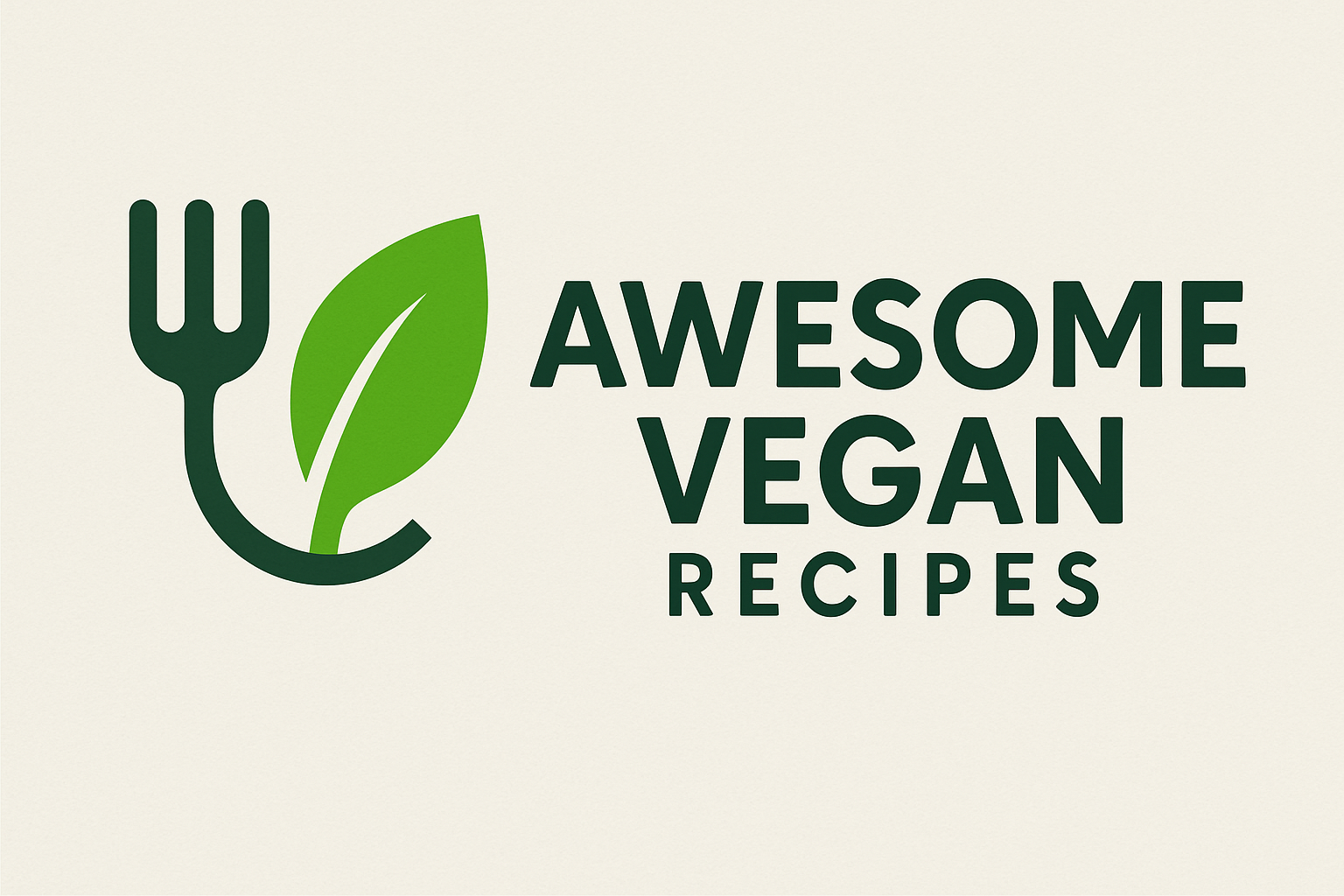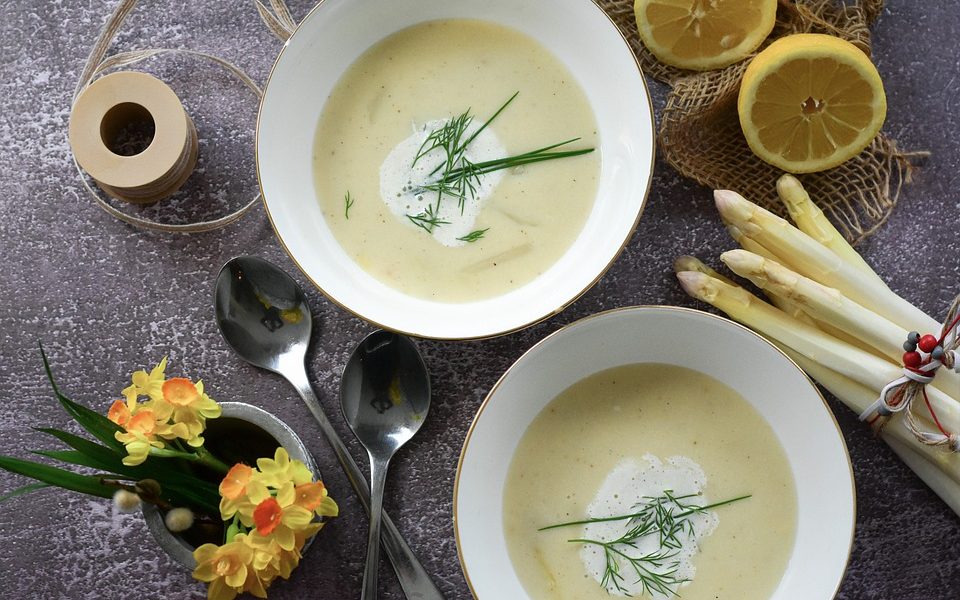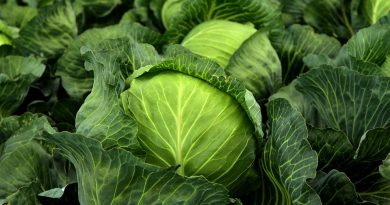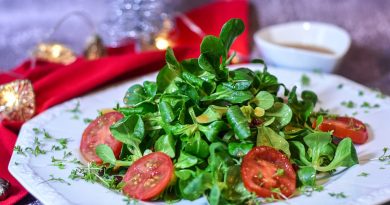Navigating the World of Vegan and Gluten-Free Eating: A Beginner’s Guide
Navigating the World of Vegan and Gluten-Free Eating: A Beginner’s Guide
Transitioning to a vegan and gluten-free diet can be a daunting task for many, but with the right knowledge and guidance, it can also be a rewarding and fulfilling journey. In this beginner’s guide, we will explore the basics of vegan and gluten-free eating, as well as provide tips and resources to help you navigate this exciting new lifestyle.
What is a Vegan Diet?
A vegan diet is a plant-based diet that excludes all animal products, including meat, dairy, eggs, and honey. Instead, vegans consume a variety of fruits, vegetables, grains, nuts, seeds, and legumes to meet their nutritional needs. Veganism is not only a diet but also a lifestyle that seeks to eliminate the exploitation of animals for food, clothing, and other purposes.
What is a Gluten-Free Diet?
A gluten-free diet is a diet that excludes gluten, a protein found in wheat, barley, and rye. This diet is essential for individuals with celiac disease, a severe autoimmune disorder triggered by gluten consumption. Additionally, some people may have gluten sensitivity or intolerance, leading them to adopt a gluten-free diet to alleviate symptoms such as bloating, fatigue, and digestive issues.
Tips for Navigating Vegan and Gluten-Free Eating
1. Read Labels: When shopping for vegan and gluten-free products, it is essential to carefully read labels to ensure that they meet your dietary needs. Look for certifications such as “vegan,” “gluten-free,” and “certified gluten-free” to guarantee that the product is safe to consume.
2. Focus on Whole Foods: The foundation of a healthy vegan and gluten-free diet is whole foods such as fruits, vegetables, whole grains, nuts, seeds, and legumes. These nutrient-dense foods provide essential vitamins, minerals, and antioxidants to support overall health and well-being.
3. Experiment with Alternative Ingredients: Embrace the world of vegan and gluten-free cooking by exploring alternative ingredients such as plant-based milk, gluten-free flours, and meat substitutes. Get creative in the kitchen and try out new recipes to discover delicious and satisfying meals.
4. Plan Ahead: Meal planning is key to staying on track with a vegan and gluten-free diet. Take the time to plan your meals, snacks, and shopping list to ensure that you have everything you need to prepare nutritious and fulfilling dishes throughout the week.
5. Connect with the Community: Joining online vegan and gluten-free communities can provide support, inspiration, and valuable resources to help you navigate this new dietary lifestyle. Share your experiences, ask questions, and connect with like-minded individuals who share your passion for healthy and compassionate eating.
Resources for Vegan and Gluten-Free Eating
1. HappyCow: HappyCow is a popular online website and app that helps you discover vegan and vegetarian restaurants, cafes, and grocery stores in your area. Use this valuable resource to find vegan and gluten-free options when dining out or traveling.
2. The Minimalist Baker: The Minimalist Baker is a popular food blog that specializes in simple and delicious vegan and gluten-free recipes. Explore their collection of easy-to-follow recipes for breakfast, lunch, dinner, and dessert to enhance your culinary repertoire.
3. Thrive Market: Thrive Market is an online marketplace that offers a wide selection of vegan and gluten-free products at affordable prices. Shop for pantry staples, snacks, and household items from the comfort of your home and have them delivered right to your door.
4. The Gluten-Free Vegan: The Gluten-Free Vegan is a comprehensive cookbook that features over 150 plant-based and gluten-free recipes. From hearty soups and stews to decadent desserts, this cookbook provides a diverse array of dishes to satisfy your taste buds and nourish your body.
In conclusion, navigating the world of vegan and gluten-free eating may seem challenging at first, but with the right knowledge, resources, and support, it can be a rewarding and empowering experience. Embrace the principles of compassion, health, and sustainability as you embark on this exciting journey towards a healthier and more mindful way of living. Remember to listen to your body, experiment with new ingredients, and connect with the community to find inspiration and guidance along the way. Happy cooking and happy eating!






